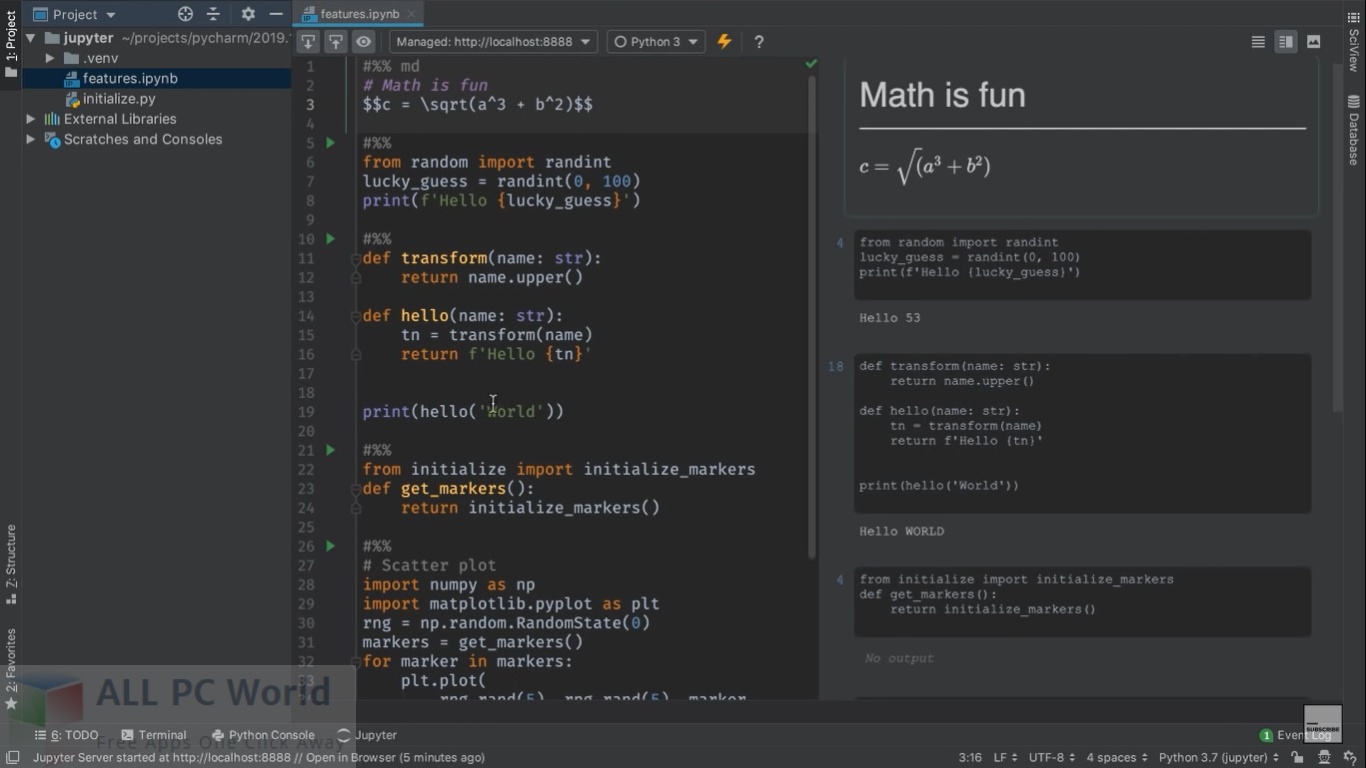
Conda is an open source package that creates and manages Python environments on your computer.Ĭonda is included in an installation of Anaconda as an open-source Python/R data science platform. We will be installing Python 3 through Conda.

These instructions will be written for the latest version of Python-at the time of this tutorial 3.8.5. Opening and editing a Python project in P圜harmįor this course we will be using Python 3.Creating and running a new Python project in P圜harm.These directions will guide you through the installation of Python 3 using Anaconda, an installation of the P圜harm IDE, and the creation and editing of a “Hello World!” project in P圜harm. The built-in interpreter of the standalone version doesn't currently support installing packages beyond the common scientific libraries bundled with it, so most users will want to have an external Python environment to run their own code, like with any other IDE.Īlso, the standalone installers don't yet work with third-party plugins, so users needing them should use Spyder through a Conda-based distribution instead.įor a detailed guide to this and the other different ways to obtain Spyder, refer to our full installation instructions, and check out our release page for links to all our installers.Directions for setting up Anaconda Python and P圜harm IDE You can also try out Spyder right in your web browser by launching it on Binder. We offer standalone installers on Windows and macOS, and as our Linux installer is are still experimental, we currently recommend the cross-platform Anaconda distribution for that operating system, which includes Spyder and many other useful packages for scientific Python.


Want to join the community of scientists, engineers and analysts all around the world using Spyder?Ĭlick the button below to download the suggested installer for your platform.


 0 kommentar(er)
0 kommentar(er)
